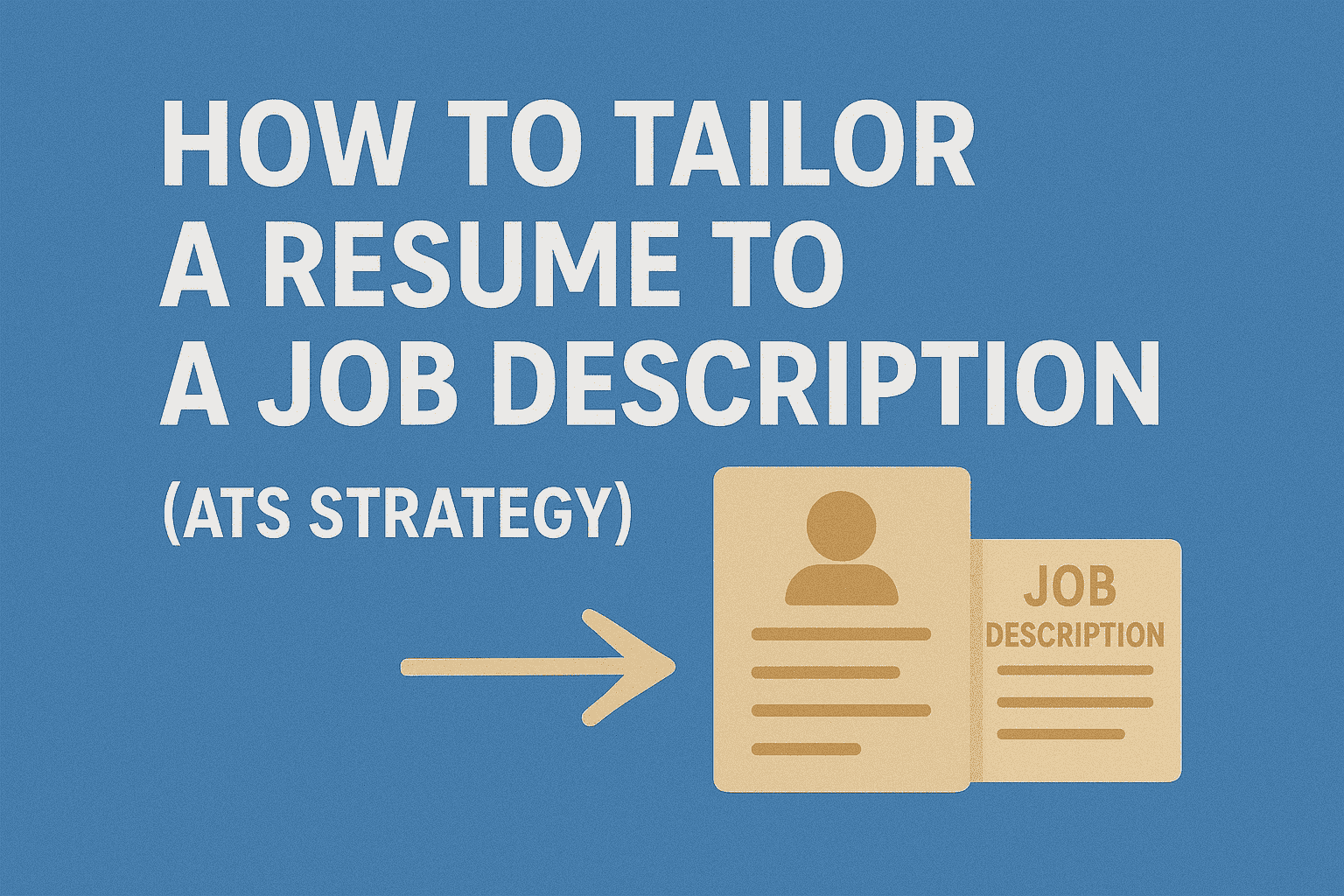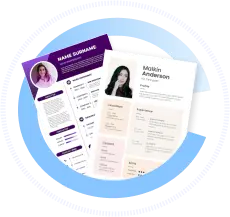How to Tailor a Resume to a Job Description (ATS Strategy)
Tailoring a resume to a job description means customizing your resume content to match the specific skills, experience, and qualifications requested in a job posting. This ATS-focused strategy increases your chances of passing automated screening and catching the recruiter’s eye.
| What to Do (Short Checklist) |
|---|
| Analyze the job description for key skills and keywords |
| Incorporate keywords naturally in your resume content |
| Match your accomplishments to the job requirements |
| Use standard headings to ensure ATS recognition |
| Test your resume parsing before sending |
How ATS Parse Resumes Today
Applicant Tracking Systems (ATS) scan resumes by extracting readable text from DOCX or PDF files. They analyze sections like skills, work history, and education to match candidates to job requirements using keywords and phrases found in the job description.
Parsing pitfalls include:
- Ignoring information inside tables, images, headers, or footers
- Missing or misreading keywords due to unusual formatting
- Skipping synonyms or related phrases unless specifically targeted
Tailoring your resume ensures your important keywords appear where ATS expects them.
How to Tailor a Resume to a Job Description (ATS Strategy) — Core Principles
Customize your resume using these tested principles:
- Thoroughly read the job description: Highlight key skills, tools, qualifications, and action verbs.
- Identify keywords: Extract terms ATS will scan for, including hard skills, certifications, and soft skills.
- Mirror language: Use the exact wording and phrases from the job ad where applicable.
- Show relevant achievements: Focus on accomplishments directly related to the job’s requirements.
- Include standard section headings: Use “Work Experience,” “Skills,” “Education,” etc., to help ATS navigate your resume.
- Maintain natural flow: Avoid keyword stuffing; integrate terms fluidly and contextually.
Common Mistakes to Avoid
- Using a generic resume for all jobs without customization
- Keyword stuffing that reads unnaturally or repetitively
- Neglecting to update objective or summary aligned with the job
- Omitting ATS-friendly formatting causing parsing errors
- Forgetting to highlight achievements that match the role’s goals
Examples: Before → After
Before:
A generic resume listing broad skills and experiences unrelated to the specific job.
After:
Tailored resume emphasizing specific tools, certifications, and achievements from the job description, e.g., “Managed Agile projects using JIRA” for a project management role.
Decision Aids
Resume Tailoring Flowchart:
- Read job description carefully
- Extract relevant keywords and skills
- Map your experience to these keywords
- Update resume sections with targeted content
- Review formatting for ATS compatibility
- Test with ATS parsing tools
- Finalize and submit
Downloadables
- Tailored Resume Template DOCX (2025)
- Keyword extraction worksheet
- Step-by-step tailoring guide
How to Test Your Resume (Parsing Checks)
- Upload your tailored resume to ATS scanning tools.
- Check if key skills and sections are detected accurately.
- Identify any missing or misread content.
- Adjust keyword placement, formatting, or section order as needed.
- Retest until parsing is clean and complete.
FAQ
Q: Why tailor my resume to the job description?
A: Tailoring helps your resume pass ATS filters and shows recruiters that you meet the specific requirements.
Q: How do I find the right keywords?
A: Extract keywords from the job description’s skills, qualifications, and responsibilities sections.
Q: Can I use synonyms or related terms?
A: Yes, but include exact key phrases when possible for ATS recognition.
Q: How much tailoring is enough?
A: Focus on adapting key sections like Summary, Skills, and Work Experience for each job.


